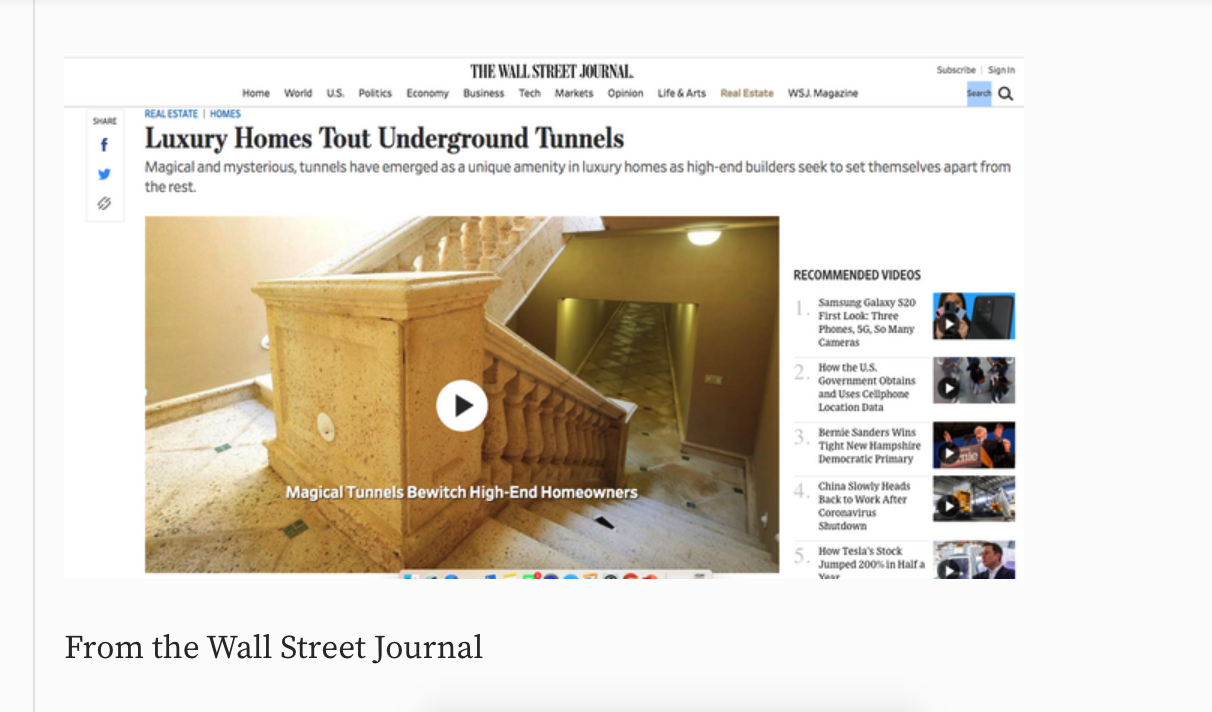
This is part 2 of a tunnel study pertaining to;
- California and the access Elites have to homes with Tunnels.
- This continues with the use of Key in Keyhole, Keystone including ancient scripts
- the history of these companies including the movie studio
- Elites with a conservatory connecting them including history of De Mille, Charlie Chaplin and some history of W.C. Fields
- How Angelina Jolie acquired the CecilDemille and Charlie Chaplin property which ties into someone who works at the Getty. The same Getty set up by Jean P. Getty who had a bunker house in Tulsa not far from the airport where he owned Spartan Aircraft Co.
- Various tunnels all over including verified tunnels in Los Angeles to include historical descriptions of building them, Echo Park information, a Glen Echo Park in D.C. area where cars were falling into the earth below.
- Tunnels in wealthy people's homes verified, one with an Alice and Wonderland theme underneath the stairway complete with rooms.
- Tunnels in Nevada and no shock here, connecting to a whorehouse. . .that's how they labeled it.
- Ancient tunnels under D.C. and London verified.
- Tunnels dug by Harrison Dyar in Washington D.C. which I had reported on over 2 years ago. A taxonomist and the history of his father who Actually developed telegraph technology that Morse got credit for. Does it sound like another Scientist's familiar story? Will be putting the specifics in a Dyar article, out of steem here.
- Intro into Charlie Chaplin who was know to impregnate two underage girls. . .in proper word usage. . .children which will continue into part 3.
- Fully sourced and includes connecting articles.
Part 1 found here,
https://steemit.com/undergroundvaults/@artistiquejewels/what-is-iron-mountain-where-is-it-located-and-how-many-know-what-resides-there-and-who-stores-information-there-think-bill-gates
Ahhh, The Keyhole. . .
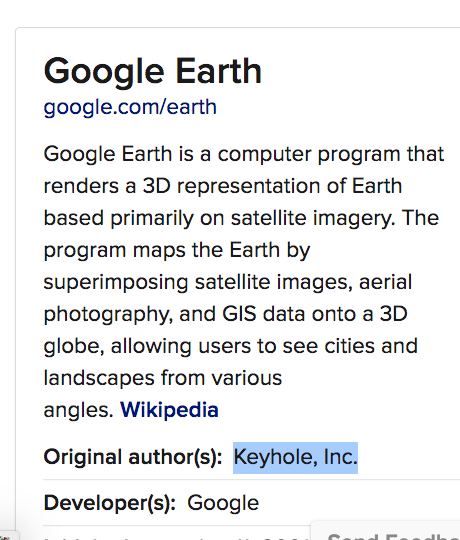
Recently Google has revealed that Google Earth now covers more than 98 percent of the world, and has captured 10 million miles of Street View imagery, a distance that could circle the globe more than 400 times.
Google Earth has been viewed by some as a threat to privacy and national security, leading to the program being banned in multiple countries. Some countries have requested that certain areas be obscured in Google's satellite images, usually areas containing military facilities.
Huh, well That's interesting! I wonder WHO really wanted them banned! Surely Not China and China's partners!
In 1999, they created Keyhole, Inc., headed by John Hanke. Keyhole then developed a way to stream large databases of mapping data over the internet to client software, a key part of the technology, and acquired patchworks of mapping data from governments and other sources. The product, called "Keyhole EarthViewer", was sold on CDs for use in fields such as real estate, urban planning, defense, and intelligence; users paid a yearly fee for the service. Despite making a number of capital deals with Nvidia and Sony, the small company was struggling to make payroll, and employees were leaving.
Fortunes for the company changed in early 2003 when CNN received a discount for the software in exchange for placing the Keyhole logo on-air whenever the map was used. Keyhole did not expect it would amount to more than brief 5- or 10-second prerecorded animation clips, but it was used extensively by Miles O'Brien live during the 2003 invasion of Iraq, allowing CNN and millions of viewers to follow the progress of the war in a way that had never been seen before.Public interest in the software exploded and Keyhole servers were not able to keep up with demand.
C_a's In-Q-Tel
Keyhole was soon contacted by the Central Intelligence Agency's venture capital firm, In-Q-Tel, and the National Geospatial-Intelligence Agency, for use with defense mapping databases, which gave Keyhole a much-needed cash infusion. Intrinsic Graphics was sold in 2003 to Vicarious Visions after its gaming libraries did not sell well, and its core group of engineers and management transitioned to Keyhole with Hanke remaining at the head.
WHAT? You don't say, the whole let's Just restructure and Transition when we need an influx of cash. Why does this remind me of those "Furniture Stores" who are Always Going out of Business (mattress stores too) then there appears yet Another furniture store with a Different Name? Interesting is all!
Keyhole's mapping technology was also noted by Google co-founder Sergey Brin.
https://steemit.com/qanon/@artistiquejewels/qanon-background-history-for-those-connected-to-sergey-brin-in-industries-academia-and-government-agencies-that-would-have-an
At the time, Google was finding that over 25% of its searches were of a geospatial character, including searches for maps and directions. In October 2004, Google acquired Keyhole as part of a strategy to better serve its users
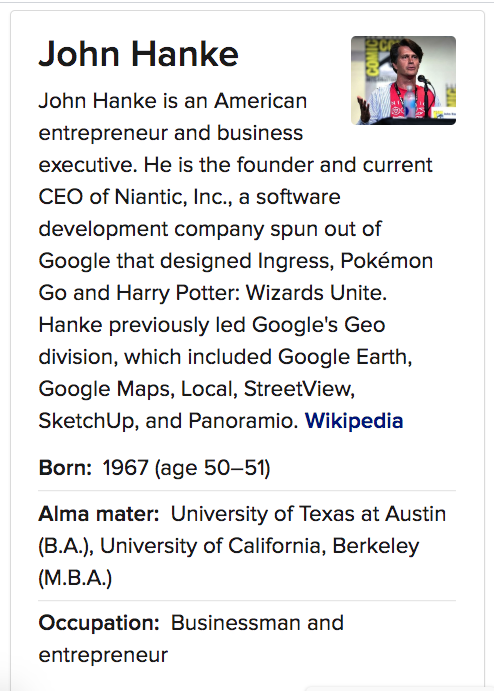
So what is Hanke's story?
Born in 1967, Hanke was raised in the small central Texas town of Cross Plains and graduated from Cross Plains High School in 1985. He attended the University of Texas, Austin and graduated with a bachelor's degree in 1989.
In his first post-college role, he spent four years with the United States Foreign Service in Washington, DC and overseas in Myanmar working on foreign policy issues.
He moved across the country to attend the Haas School of Business at the University of California, Berkeley.
Now, back to Getty,
Jean Paul Getty (/ˈɡɛti/; December 15, 1892 – June 6, 1976), known widely as J. Paul Getty, was an American-born British petrol-industrialist, and the patriarch of the Getty family. He founded the Getty Oil Company, and in 1957 Fortune magazine named him the richest living American, while the 1966 Guinness Book of Records named him as the world's richest private citizen, worth an estimated $1.2 billion (approximately $7.2 billion in 2018). At his death, he was worth more than $6 billion (approximately $21 billion in 2018). A book published in 1996 ranked him as the 67th richest American who ever lived, based on his wealth as a percentage of the concurrent gross national product.
He established the J. Paul Getty Trust in 1953. The trust is the world's wealthiest art institution, and operates the J. Paul Getty Museum Complexes: The Getty Center, The Getty Villa and the Getty Foundation, the Getty Research Institute, and the Getty Conservation Institute.
He enrolled at the University of Southern California, then at the University of California, Berkeley, but left both before obtaining a degree. Enamored with Europe after traveling abroad with his parents in 1910, Getty enrolled at the University of Oxford on November 28, 1912. A letter of introduction by then-President of the United States William Howard Taft enabled him to gain independent instruction from tutors at Magdalen College.
Although he was not registered at Magdalen, he claimed the aristocratic students "accepted me as one of their own" and he fondly boasted of the friends he made, including Edward VIII, the future King of the United Kingdom and Emperor of India. He obtained degrees in economics and political science from Oxford in June 1913, then spent months traveling throughout Europe and Egypt before meeting his parents in Paris and returning with them to America in June 1914.
Beginning in 1949, Getty paid Ibn Saud $9.5 million in cash and $1 million a year for a 60-year concession to a tract of barren land near the border of Saudi Arabia and Kuwait, although no oil had been discovered there. Since 1953, Getty's gamble produced 16 million barrels a year, which contributed greatly to the fortune responsible for making him one of the richest people in the world.
The meek shall inherit the earth, but not its mineral rights. — dictum attributed to Jean Paul Getty Getty's wealth and ability to speak Arabic enabled his unparalleled expansion into the Middle East. Getty owned the controlling interest in about 200 businesses, including Getty Oil.
Getty moved to Britain in the 1950s and became a prominent admirer of England, its people, and its culture. He lived and worked at his 16th-century Tudor estate, Sutton Place, which became the center of Getty Oil and his associated companies. Getty used the estate to entertain his British and Arabian friends, including the Rothschild family and numerous rulers of Middle Eastern countries.
Isaiah 2:19 states,
They shall go into the holes of the rocks, And into the caves of the earth, From the terror of the LORD And the glory of His majesty, When He arises to shake the earth mightily.
Revelation 6:15&16 states, out of their places.
15And the kings of the earth, and the great men, and the rich men, and the chief captains, and the mighty men, and every bondman, and every free man, hid themselves in the dens and in the rocks of the mountains;
16And said to the mountains and rocks, Fall on us, and hide us from the face of him that sitteth on the throne, and from the wrath of the Lamb:
Tunnels to the Getty from A lister homes Alleged Some claim there are homes that have tunnels leading Directly to the Getty. That's interesting because you'll recall there were murmurings of J. Paul Getty having tunnels to Tulsa airport from his home. Wonder why this claim seems to follow the Getty's?
One of the A lister's homes was called the W.C. Fields Home. Interesting because of this,
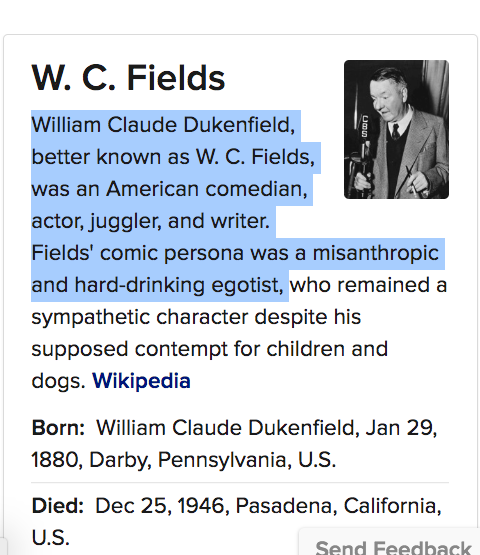

Well This is interesting. W.C. Field's house also called the Lilly Tomlin home. Location, Completely Private and secure, nestled in the exclusive Laughlin Park gated community on nearly an acre.
Caught my eye because Lilly Tomlin apparently played in something call Laugh In,
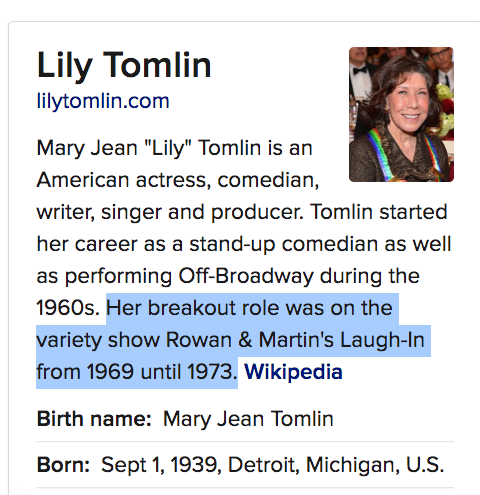
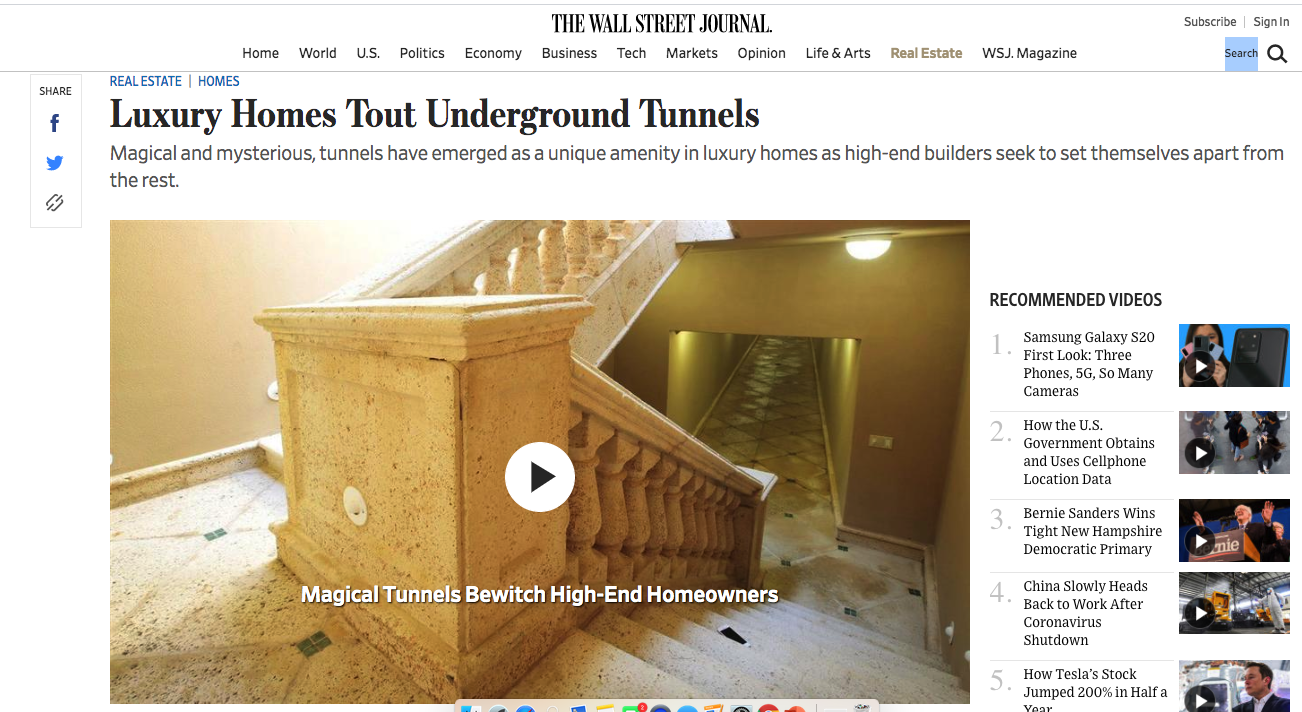
W.C. Field's Home located at 2015 De Mille Drive, Los Angeles, California, United States, 90027

Said to have been across from. ..
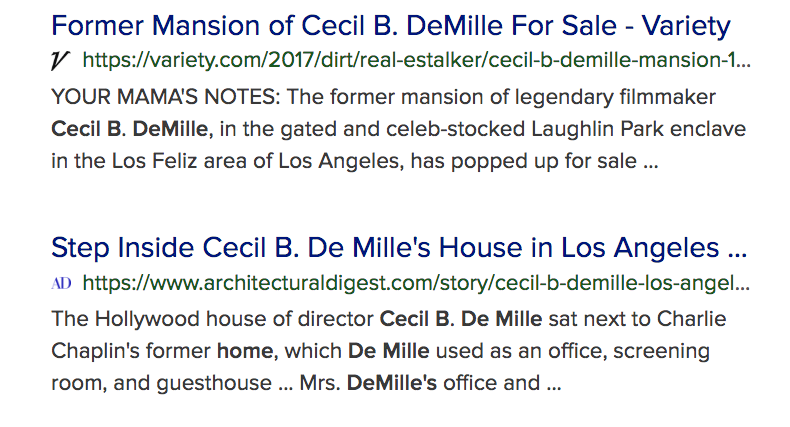
A home recently purchased by Angelina Jolie from someone connected to the Getty. Let's see what we can find.
A prospectus of 1915 described the Laughlin Park subdivision, just south of Griffith Park, as “a residential paradise on a noble eminence, a replica of Italy's finest landscape gardening linked to the city by a perfect auto road.” To launch the venture, two substantial classically inspired houses were built side by side: De Mille moved into one with his family; Charlie Chaplin took the other. Chaplin was a graduate of vaudeville, De Mille of the New York stage. Both loved to laugh, and they became close friends, the De Milles sometimes spending weekends at Chaplin's Santa Monica beach house. When Chaplin moved out of his Hollywood house in 1926, De Mille bought the property and commissioned architect Julia Morgan to design a conservatory to link the two houses. His new acquisition provided space for an office, a screening room and a guesthouse.
De Mille came to Hollywood by chance. He had planned to make The Squaw Man in Arizona, but when the company reached Flagstaff he realized the scenery was inappropriate for a western set in Wyoming, and put everyone back on the train. He cabled to New York: “Have rented barn in place called Hollywood for $75 a week” and was given permission to stay. Other pioneers had established crude studios in the vicinity, but the sedate citizens of Hollywood did not welcome these raucous intruders. Established in the land boom of the 1880s, Hollywood was still a farming town, inhabited by devout midwesterners who had banned theaters and saloons. “No dogs, no actors,” read a sign at the Hollywood Hotel.
The “movies,” as the pioneers were called, were mostly young and uninhibited. Cowboys hired for westerns would gallop across neighborhood front lawns. Producer Mack Sennett staged automobile chases along quiet residential streets, greasing intersections to improve the skids. In many ways this was still the Wild West. Rivals twice tried to shoot De Mille as he rode home to his cottage in the Cahuenga Pass from the barn at Selma and Vine, and he carried a gun to shoot rattlesnakes. Today the Hollywood Freeway runs through the Cahuenga Pass, and the barn that served as a set and offices for The Squaw Man has been moved to a site across from the Hollywood Bowl. Restored and repainted, it displays mementos of those Gold Rush years.
For De Mille was deeply attached to the past, and his house is a compendium of the man and his career: the books and art that inspired him, the props that recall a half-century of moviemaking, a galaxy of awards and citations.
Over the years, satellite houses were built on the estate, usurping the pool and stables. W. C. Fields, Deanna Durbin and Anthony Quinn developed neighboring properties.
Stated by his granddaughter,
“Dinner was usually a family affair,” Cecilia Presley remembers, “but we could invite anyone to see the movies that were shown every night but Sunday. And, no matter how serious the movie, if the performances were bad we were permitted to laugh.”
Most De Mille films boasted a risqué bathtub sequence; Gloria Swanson's career was enhanced by her tasteful disrobings; Claudette Colbert bathed luxuriously in a vast pool of asses' milk (which curdled on the second day). Décor achieved dizzy heights as De Mille voyaged back in time.
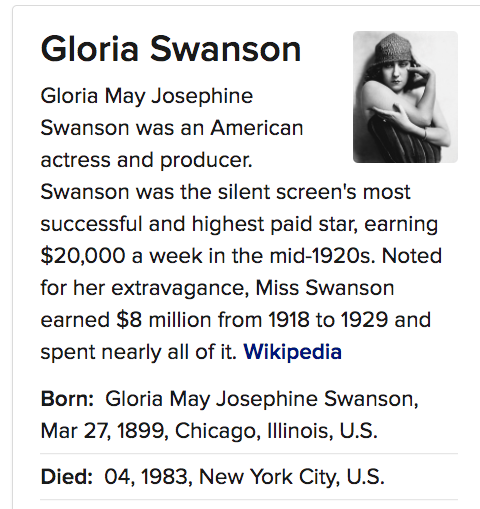
Gloria Swanson also tied in with Chaplin.
Swanson transitioned into talkies with her performance in The Trespasser. Personal problems and changing tastes saw her popularity wane during the 1930s and she subsequently ventured into theater and television.
Because of her father's attachment to the U.S. Army, the family moved frequently and Swanson ended up spending most of her childhood in Puerto Rico, where she learned Spanish. She also spent time in Key West, Florida. It was not her intention to enter show business, but at 15, on a whim one of her aunts took her to a small film company in Chicago called Essanay Studios for a visit and Swanson was asked to come back to work as an extra.
After a few months as an extra working with others like Charlie Chaplin, and making $13.50 a week, Swanson left school to work full-time at the studio. Her parents soon separated and she and her mother moved to California.
Charlie Chaplin
Chaplin's childhood in London was one of poverty and hardship, as his father was absent and his mother struggled financially, and he was sent to a workhouse twice before the age of nine. When he was 14, his mother was committed to a mental asylum. Chaplin began performing at an early age, touring music halls and later working as a stage actor and comedian. At 19, he was signed to the prestigious Fred Karno company, which took him to America. He was scouted for the film industry and began appearing in 1914 for Keystone Studios.
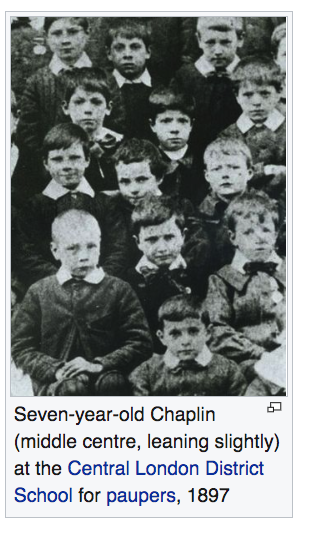
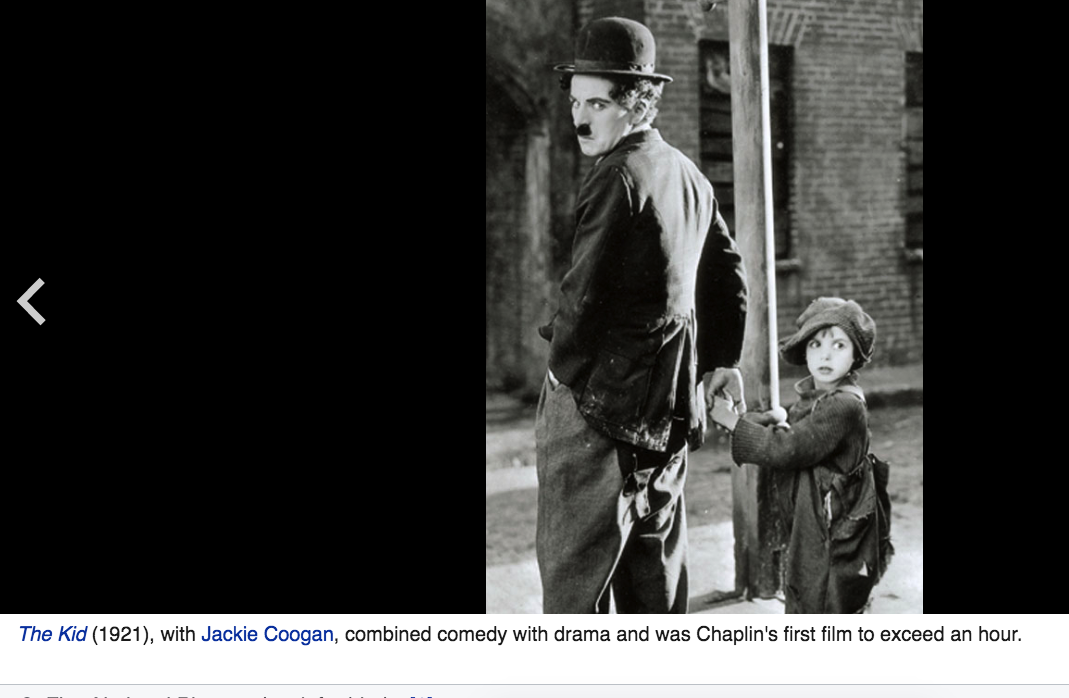
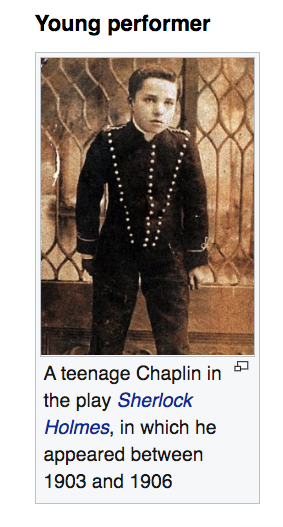
Keystone Studios
Keystone Studios was an early film studio founded in Edendale, California (which is now a part of Echo Park) on July 4, 1912 as the Keystone Pictures Studio by Mack Sennett with backing from actor-writer Adam Kessel (1866–1946) and Charles O. Baumann (1874–1931), owners of the New York Motion Picture Company (founded 1909). The company, referred to at its office as The Keystone Film Co., filmed in and around Glendale and Silver Lake, Los Angeles for several years, and its films were distributed by the Mutual Film Corporation between 1912 and 1915.
The original main building, the first totally enclosed film stage and studio in history, is still standing. It is located at 1712 Glendale Blvd in Echo Park, Los Angeles and is now being used as a storage facility.
In 1915, Keystone Studios became an autonomous production unit of the Triangle Film Corporation with D. W. Griffith and Thomas Ince.
Mack Sennett Canadian, New York, California tie -in. Notitice how they "reorganize, bankrupt and come in under another name. From Keystone to Paramount!
Mack Sennett (born Michael Sinnott; January 17, 1880 – November 5, 1960) was a Canadian-American film actor, director, and producer, and studio head, known as the King of Comedy.
Born in Melbourne, Quebec, in 1880, he started in films in the Biograph company of New York, and later opened Keystone Studios in Edendale, California in 1912. It was the first fully enclosed film stage, and Sennett became famous as the originator of slapstick routines such as pie-throwing and car-chases, as seen in the Keystone Cops films. He also produced short features that displayed his Bathing Beauties, many of whom went on to develop successful acting careers.
Original Studio building Still stands Part of Echo Park The original main building which was the first totally enclosed film stage and studio ever constructed, is still there today. Many important actors cemented their film careers with Sennett.
In 1917
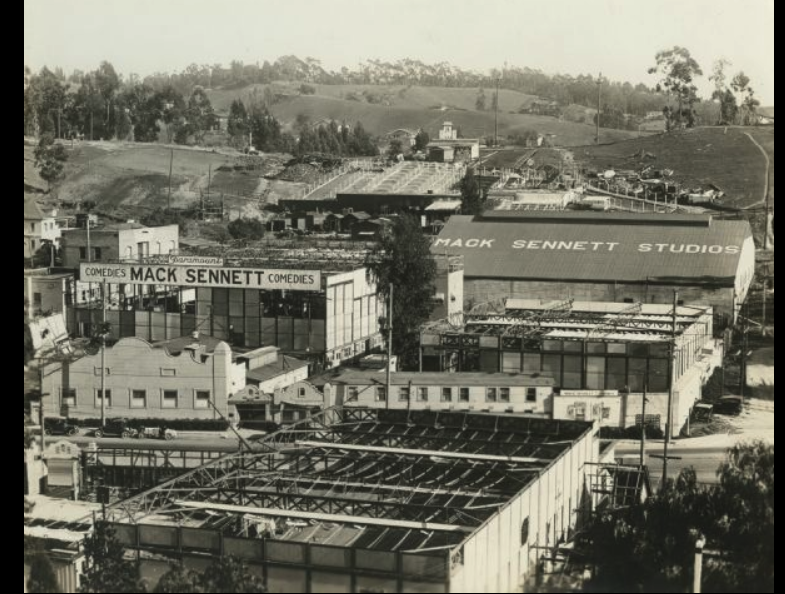
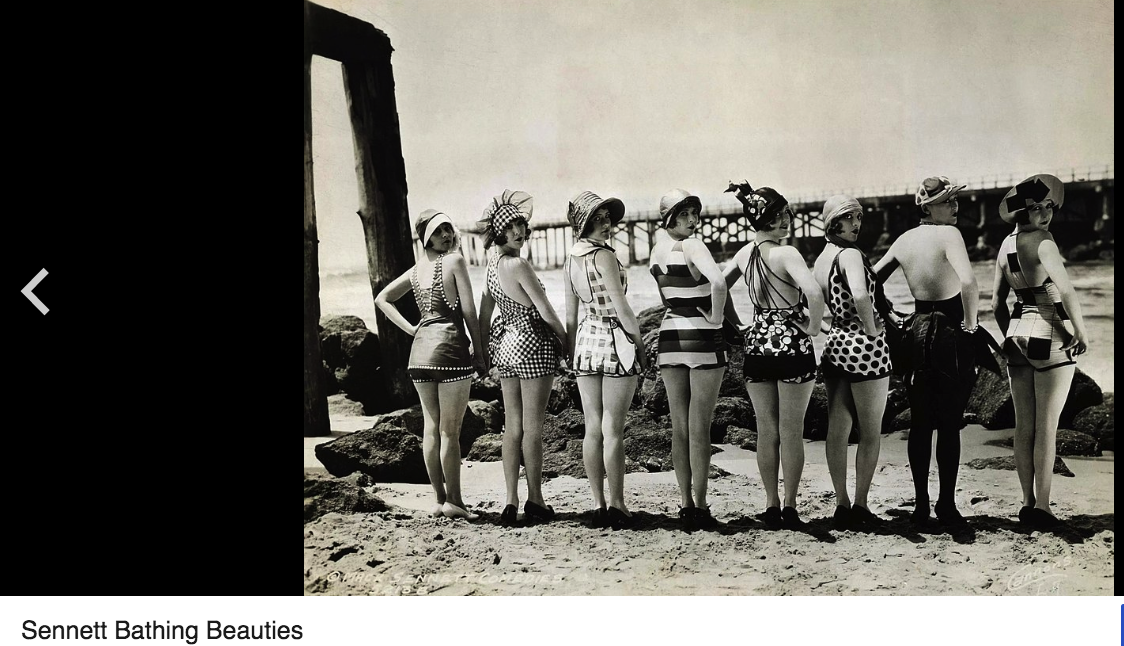
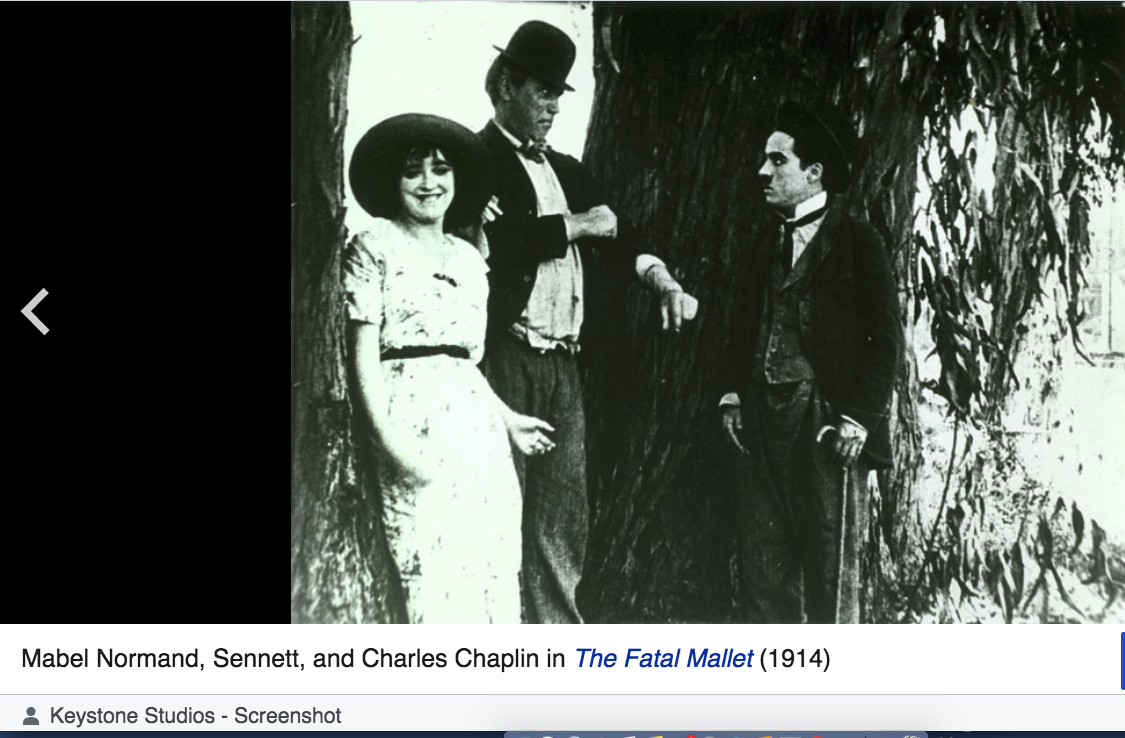
In 1917, Sennett gave up the Keystone trademark and organized his own company, Mack Sennett Comedies Corporation.
In the mid-1920s, Sennett moved to Pathé Exchange distribution.
American subdivision of French firm Pathé.
distributed its films in the United States. In 1904, it launched an American subsidiary, Pathé Company, based in Buffalo, New York.
Pathé Exchange was spun off from its French parent company in 1921, with a c